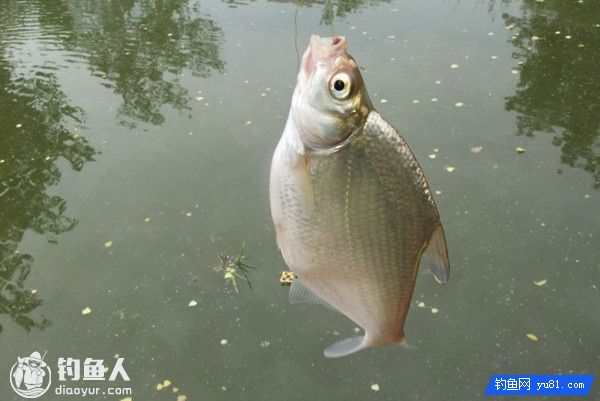Wap Welcome to visit Love Fishing
Bream is also a helping fishermen.

1. Tips for hiring bream by mulberries
Muras grow in many places in our country. These mulberries will bear fruit in summer and autumn. When the fruit turns purple and black, it means ripening and will fall into the water. These mulberries that fall in the water become the natural food source of breams, and of course they are also the favorite food of other fish species in the water.
When mulberries are ripe, using mulberry fishing is one of the best fishing techniques. It can not only use mulberries as bait to lure fish, but also serve as bait to fish, because the sound of mulberries hanging into the water is basically similar to the sound of throwing hook bait. The fishing effect is very good. When the hook bait is put into the water, this sound will attract fish to swallow the hook and bite. The fish mouth is very good, but it should be noted that you should choose a good sub-line and match it with a reasonable length. It should be as short as possible, which is conducive to lifting the rod and catching the fish.
2. Hand rod bottom fishing
This kind of fishing method is mostly used to fish crucian carp or carp in ponds, and can also be used to fish breams. However, the difference is that the bream's mouth is not as steady as crucian carp and is a bit erratic. When fishing, it is found that the float float floats slightly first and then floats black immediately, so you need to lift the rod in time to stab the fish.
If you use live bait when fishing for bream under a hand rod, it is best to ensure the freshness of the live bait and ensure that the hook bait has a good dynamic fish lure effect after entering the water. When fishing, the hook bait is in place, it is best to shake the fishing line from time to time to keep the hook bait dynamically lure effect.
Fishing breams generally have better results in water plants, so long rods and short lines are needed. Before fishing, you need to lure fish in a nest. After the fish is hooked, you can directly lift the rod and stab the fish. Just like fishing crucian carp, you do not need to walk the fish. The main thing is to watch the float. Grasp the opportunity to lift the rod and stab the fish. Prepare the float in advance is also the key.
3. Floating fishing
The climate varies greatly between the north and south of my country. There are many messy aquatic plants in the winter waters in the south. In this case, floating fishing is very beneficial. Of course, in other seasons, the gap between floating fishing in waters with a lot of aquatic plants will generally have good harvests. Many people like to use earthworm fishing, and some fishermen also like to fish with fly fishing. The specific choice can be determined according to the situation. Just use sharp fishing hooks, pay attention to the bait hanging skills, and ensure the freshness of the live bait.
4. Fishing spot selection
Bream belongs to the family Cycadae. When looking for food underwater, you are accustomed to swimming on a fixed route. Therefore, when fishing bream, analyzing the passage of fishing activities based on the fishing ground environment is the key to ensuring fishing. Under normal circumstances, after fishing breams in one place, basically there is no need to change the fishing position when fishing on the day, because breams that live in groups often stop to eat after discovering food, and the fish in the den will continuously attract breams from other directions.
Generally speaking, breams like to swim along the living waters or in the direction of the wind. You can see swim in groups of breams in many raised areas such as plow tips. Therefore, when choosing a fishing spot, the first thing to do is to analyze the routes of breams, or to hook in places with rich food, which will often bring good results.
As long as you know the fishing fishermen, you know the importance of fishing for aquatic plants, but breams do not necessarily love so much for grass areas. They will love the wide waters outside the grass areas even more. They may only hide in the grass areas when they detect danger or other special circumstances.
About us| Privacy Policy| Contact Us
Copyright © 2023-2030 Copyright@Love Fishing XML map